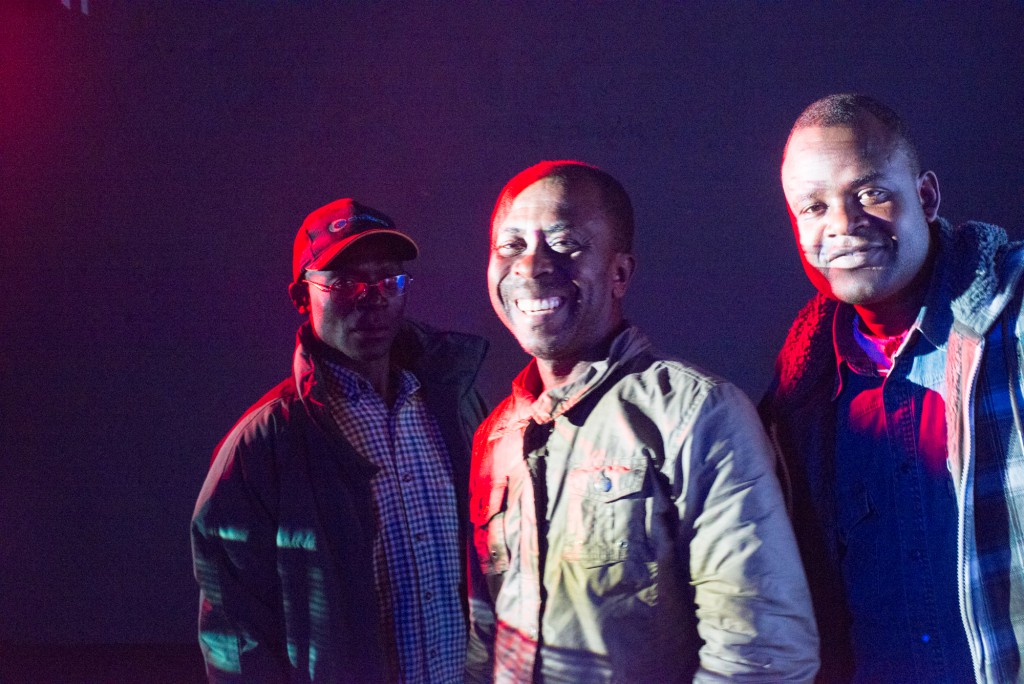“Art is not neutral.” Tania Canas, arts director of RISE (Refugees, Survivors and Ex-Detainees ), raises questions around the ethics of artists using refugees in their projects. In this 10-point list, she exposes the reality that, though artists’ representations of refugees are often seen as giving voice to those who are silenced, such representations can easily become exploitative. She asks artists to examine themselves even more critically than their subjects when conducting such projects, demanding that they analyze their biases, realize their privilege, and interrogate their intention.
- Trevor Paglen, Laura El-Tantawy, Erik Kessels, and Tobias Zielony are on the short list for the 2016 Deutsch Borse Photography Foundation Prize. Selected works range from the profoundly personal to the political, but each subject is “of great consequence and relevance today—and one which photography, as a multifarious and accessible medium, is uniquely suited to explore.” Several works on the short-list are notable for their use of media beyond photography. In sculptural exhibition Unfinished Father, for instance, Kessels pairs the partial body of a Topolino car with images of car parts laid on the floor, evoking the “fragmented realities of loss, memory, and a life come undone.” Zielony’s photography documenting the lives of African refugees and activists in Europe takes a similarly intimate turn when paired with first-person accounts, interviews, and narratives.
- “Not photographing gives me imaginative freedom that is crucial to the making of art. That, in fact, is what art is about—the freedom to do what we want.” The staged scenes of conceptual photographer Jeff Wall—on view now in a new London show—reject the traditional idea of photography as a kind of “instant witnessing.” Wall, who intentionally refrains from photographing moments as they happen, calls his work “cinematographic” in that he has to “remake [a scene] from memory to capture why it fascinates” him.
- Miranda July discusses the life and death of Somebody, her app/conceptual art piece. Somebody facilitated the verbal, in-person delivery of text messages by strangers, in an attempt to eliminate the “disconnection, dissociation, and alienation that’s offend part and parcel of the digital age.” July discovered that navigating the rules of the tech world made judging the project’s success more difficult. Reflecting on the theme of narrative arcs in July’s works, an interviewer suggests that in Somebody, “there are no longer narrative arcs. Instead, the commonality is the app itself, the possibly community it proposes, and the disparate experiences it fosters.”
- “The non-African-American audience has to learn that this is American history and you can’t just segregate it as being just African-American history. Everyone should know it.” In 30 Americans, an exhibition at the Detroit Institute of Art, such stars of black contemporary art as Glenn Ligon, Kara Walker, and Carrie Mae Weems are brought together to examine how both representational and abstract art have changed thanks to these artists, and to “explore the full range of events and aspirations that have shaped both [the artists’] individual practices and art history itself since the 1980s.”
- Is performance art the “medium of our time?” Many participants of the art world think this is the case. “Now we’re dealing with a virtual world; people are looking for different kinds of experiences that can root them more specifically in the present moment, which performance definitely does”: The Walker’s Philip Bither, among others, weighs in on the increasing popularity of the medium and the complexities of integrating it into galleries and collections.
Follow Art News From Elsewhere on the Walker Art Center homepage or via @walkermag, the Walker’s editorial-focused Twitter feed.




